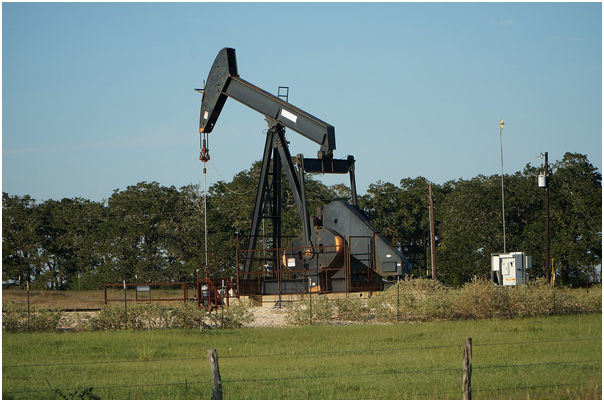Myth Disruption: Clouds and Edges in the Industrial Internet of Things (IIOT)
For many people, the cloud has become the backbone of the Industrial Internet of Things (IIOT). However, companies that have made real progress in the industrial Internet of Things have realized that the cloud is only part of the industrial Internet of Things. In real-time computing operations, it is found that some things cannot or should not be pushed to the cloud, whether due to security, delay or cost issues. As a result, enterprises are beginning to push more and more computing to the edge of devices.
The development of edge computing not only creates more data, but also requires faster data transmission to other systems and analysis tools. Cloud computing is convenient, but its connectivity is insufficient to meet certain industrial situations. Some computations need to be edge-resolved, such as real-time processing, decision support, SCADA functions, and so on.


Real examples
For example, in the energy industry, it fully demonstrates the most appropriate roles of edge computing and cloud computing. Oil companies distribute hundreds of oil drilling platforms in an area, while data centers or cloud companies are located hundreds or even thousands of miles away. Every oil drilling platform must have a system capable of continuously monitoring and analyzing key parameters, such as the well pressure index level, to identify when the risk exceeds the critical threshold, so that staff can take immediate measures to mitigate the risk. If these data are returned to the data center, then analyzed and returned to the drilling platform for operation, this may cause unreasonable risks.
In this case, by collecting parameter indicators from all oil drilling platforms and sending them regularly to data centers or clouds where parameter indicators can be aggregated and analyzed, you will find that clouds are more suitable for supporting planning and trend discovery.
Cultural difference
Operational technology teams have been managing these systems for many years, and they understand network edges and their needs. But there are cultural differences between the OT (Operational Technology) team and those who promote cloud-based industrial Internet of Things (IT). IT teams often equate the approach required for industrial automation with the enterprise IT deployment approach.
But even traditional IT companies will find it a hybrid cloud world. A recent interview with an industrial automation engineer told me that 15% of the data generated by the factory needs to be sent to the cloud so that other systems can use it immediately. What's the use of the remaining 85% of the data? It must be aggregated and analyzed to determine its value. However, if all the data is pushed to the cloud, industrial enterprises need to pay for all the data storage space, and they really only need a small amount of storage space. This is a major cost issue.
For those who are beginning to implement the strategy of the Industrial Internet of Things, it is important to remember that investment decisions should not be made easily before assessing workloads and information flows. Cloud is absolutely a necessary part of industrial Internet of Things deployment, but this does not mean that we should abandon the edge computing system which guarantees information security and fast Availability for critical tasks. Finding the right balance will help enterprises succeed through the industrial Internet of Things.
- Hot news

